screening for gritty mix - how to tell proper size screen
Bama_Joe
9 years ago
Featured Answer
Comments (8)
Kristiina DiOrio
9 years agorina_Ontario,Canada 5a
9 years agoRelated Professionals
West Milford Landscape Architects & Landscape Designers · 70037 Landscape Architects & Landscape Designers · Otsego Landscape Architects & Landscape Designers · Andover Landscape Contractors · Framingham Landscape Contractors · Lakewood Landscape Contractors · Mission Viejo Landscape Contractors · Parkland Landscape Contractors · Riverhead Landscape Contractors · Browns Mills General Contractors · Pine Hills General Contractors · Redan General Contractors · Vincennes General Contractors · Lake Shore Carpenters · Gastonia Decks, Patios & Outdoor EnclosuresBama_Joe
9 years agoBama_Joe
9 years agoBama_Joe
9 years agorina_Ontario,Canada 5a
9 years agotapla (mid-Michigan, USDA z5b-6a)
9 years ago
Related Stories

FUN HOUZZHouzz Call: Tell Us About Your Dream House
Let your home fantasy loose — the sky's the limit, and we want to hear all about it
Full Story
ECLECTIC HOMESHouzz Tour: Ancient and New Tell a Story in San Francisco
Chinese artifacts join 1970s art and much more in a highly personal, lovingly reincarnated 1896 home
Full Story
ARCHITECTURETell a Story With Design for a More Meaningful Home
Go beyond a home's bones to find the narrative at its heart, for a more rewarding experience
Full Story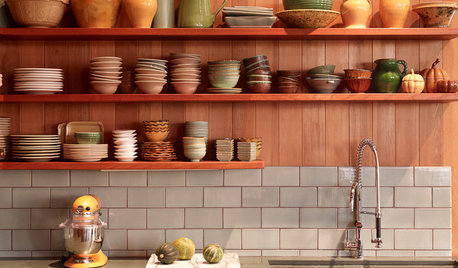
LIFETell Us: What Made You Fall for Your Kitchen?
Show the heart of your home some love for Valentine’s Day
Full Story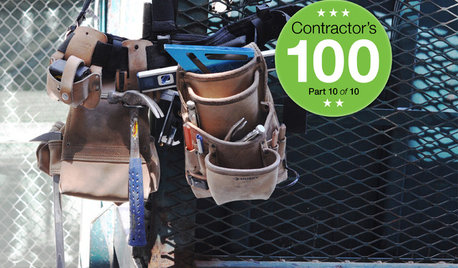
REMODELING GUIDESContractor's Tips: 10 Things Your Contractor Might Not Tell You
Climbing through your closets and fielding design issues galore, your contractor might stay mum. Here's what you're missing
Full Story
GARDENING AND LANDSCAPINGGrow a Lush Privacy Screen
No need to wait forever for patio privacy the green way. These 10 ideas will get your screening up and running in no time
Full Story
MORE ROOMSTech in Design: Where to Put Your Flat-Screen TV
Popcorn, please: Enjoy all the new shows with a TV in the best place for viewing
Full Story
MORE ROOMS5 Ways to Decorate Around a Flat-Screen TV
Color, Placement and Accessories Help that Big Black Screen Blend In
Full Story
GARDENING GUIDESGreat Garden Combo: 3 Wonderful Plants for a Deer-Resistant Screen
Protect your privacy and keep deer at bay with a planting trio that turns a problem garden area into a highlight
Full StoryMore Discussions







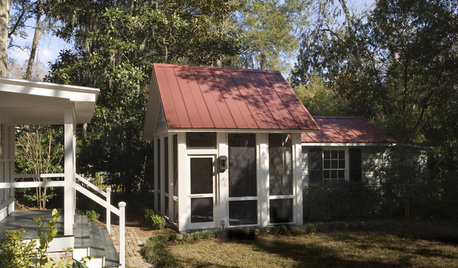
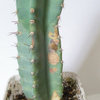
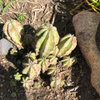
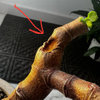

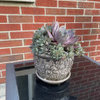
tapla (mid-Michigan, USDA z5b-6a)